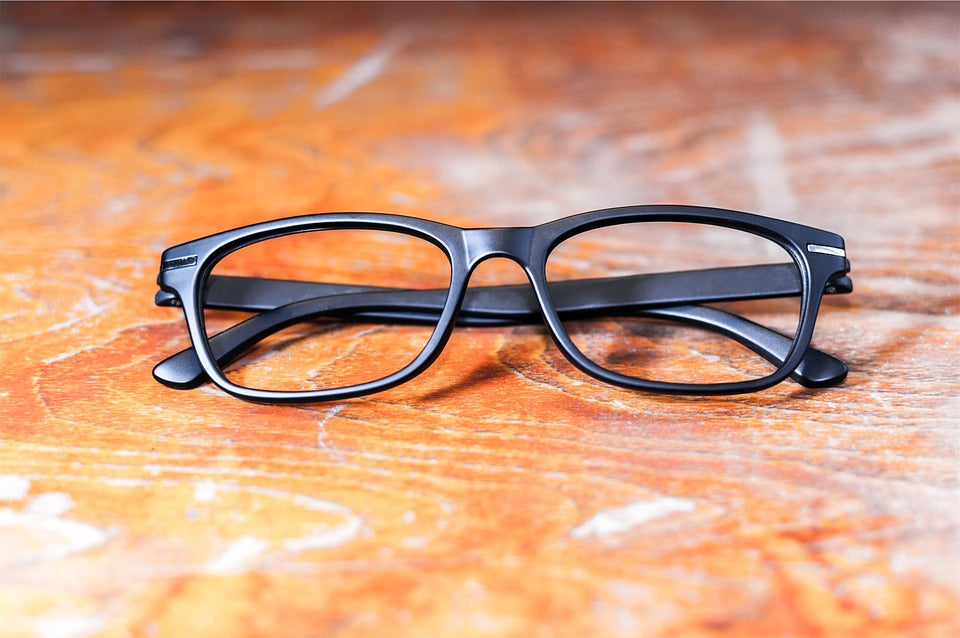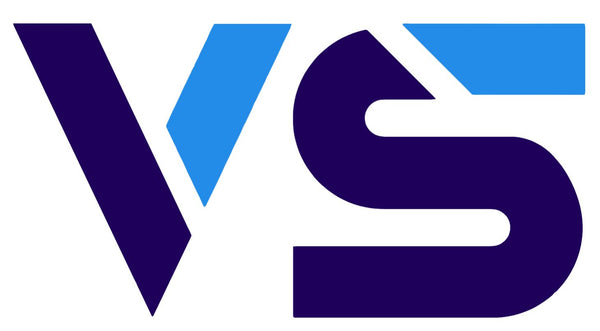
What Lens Index is Right for You?
Share
Understanding the Difference Between 1.50 and 1.74
When you're shopping for prescription glasses, you might see something called a "lens index" or “refractive index.” It’s just a number that tells you how well the lens material bends light. This affects how thick or thin your lenses will be — and how they’ll look and feel.

Picking the right lens index can make your glasses more comfortable and better suited to your prescription.
What Does Lens Index Mean?
In short:
- Higher prescriptions = thicker lenses
- Higher index = thinner, lighter lenses
Lens indexes usually range from 1.50 to 1.74. At Dilly Dollar, they offer all these options. Even better, their system automatically recommends the best one based on your prescription — just like your eye doctor would.

Lens Index Options Explained
| 1.50 Standard Index | 1.56 Mid-index | 1.59 Polycarbonate | 1.61 High Index | 1.67 High Index | 1.74 High Index |
| The thickest plastic lens | 15% thinner than 1.50 | Impact resistant and super durable | 20% thinner than 1.50 | 30% thinner than 1.50 | The thinnest and lightest lens |
| Best for prescriptions between -3.00 to +3.00 | Comes included in all Eason frame prices | Great for kids, sport glasses and rimless frames. | Lighter and good for prescriptions over +4.00 or under -4.00 | Ideal for strong prescriptions | Best for very strong prescriptions (over +3.00 or under -6.00) |
| Clear vision, but not scratch or UV-resistant unless created | Works for prescription from -3.00 to -3.75 and +3.00 to +3.75 | Not the clearest vision(can cause blurry halos) | Works well in full-rim or semi-rimless frames | Lightweight and less bulky on your face | Reduces eye magnification or shrinking effect |
| Must be used with full-rim frames to avoid cracks | Good for full rim glasses and active use | Best for active or outdoor use. |
How to Choose the Right Lens Index
Your prescription is important — but not the only thing to consider. Here are a few other factors:
1. Pupillary Distance (PD)
This is the distance between your pupils. People with a smaller PD may need more custom lenses, like Digital Free-form lenses, which we offer at a great price.
2. Frame Type
Some lenses work better with certain frames:
- Metal or semi-rimless? Go for higher index lenses so they’re thinner and less visible.
- Thick plastic/acetate frames? You can use lower index lenses, since the frame hides the thickness.
Our website helps you pick the best lens based on your frame and prescription.
3. Lifestyle
- If you’re active, play sports, or work with your hands, choose durable lenses like polycarbonate.
- Higher prescriptions might change how your face looks through the lenses (like making your eyes look smaller), so frame shape and size also matter.
Great Lenses at Great Prices
All our high-index lenses include:
- Anti-scratch coating
- Anti-reflective coating
- 100% UV protection
We use top-quality technology to make lenses for single vision and progressive prescriptions — and we keep prices affordable. If you're looking of reliable wholesale partner for optical frames, Eason optical are the trustworthy one based in New York, United states.
